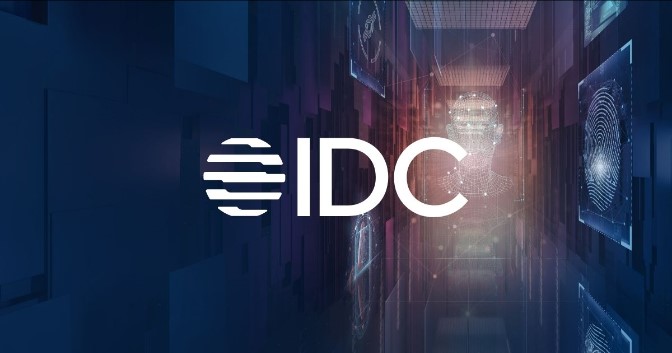Spending on artificial intelligence in the Middle East and Africa (MEA) — including Israel — will reach $3.0 billion in 2023, according to the latest Worldwide Artificial Intelligence Spending Guide from International Data Corporation (IDC). While this will account for just 2% of the global total for 2023 ($151.4 billion), the region will see the fastest growth rate worldwide over the coming years, with IDC forecasting that AI spending in MEA will increase at a compound annual growth rate (CAGR) of 29.7% over the 2022–2026 period, reaching $6.4 billion in 2026.
RELATED: IDC announces digital economy theme for upcoming CIO Summit in South Africa
“The rapid adoption of cloud and digital transformation in MEA will result in AI being incorporated into many different products and solutions,” says Manish Ranjan, senior program manager for software, cloud, and IT services at IDC MEA. “Organizations across the region are investing in AI technologies and related software and services to drive greater efficiency through automation and contribute to a more agile operating environment. The effects of the pandemic have fueled further spending in relation to AI/ML adoption, particularly within the banking and finance, manufacturing, trade, healthcare, and government verticals.”
Banking, retail, and federal/central government will be the MEA region’s biggest spenders on AI in 2023, followed by discrete manufacturing. Together, these four industries will account for nearly half (44%) of the region’s total AI spending in 2023. However, IDC expects professional services and transportation to be the fastest-growing industries over the five-year forecast periods, with respective CAGRs of 36.4% and 33.9%.
“AI growth in the region looks very promising as businesses are increasingly investing in AI- and analytics and business intelligence (ABI)-based solutions in order to strengthen and expand their customer experiences, build digital capabilities, and drive innovation,” says Ranjan. “Augmented customer service agents, fraud analysis and investigation, augmented threat intelligence and prevention systems, and sales process recommendation and augmentation are the key business use cases where organizations are investing more in the market.
“Numerous challenges will accompany the region’s increasing adoption of AI, with the most critical being the lack of skilled resources such as data scientists, data engineers, and AI modelers. However, the region has multiple initiatives in place aimed at upskilling local talent, with organizations in both the public and private sectors establishing partnerships to foster AI- and ML-specific learning.”
IDC’s Worldwide Artificial Intelligence Spending Guide sizes spending for technologies that analyze, organize, access, and provide advisory services based on a range of unstructured information. It quantifies the AI opportunity by providing data for 36 use cases across 19 industries in nine regions and 32 countries. Data is also available for the related hardware, software, and services categories.
Taxonomy Note
IDC’s Worldwide Artificial Intelligence Spending Guide uses a precise definition of what constitutes an AI application in which the application must have an AI component that is crucial to the application — without this AI component the application will not function. This distinction enables the guide to focus on those software applications that are strongly AI centric. In comparison, IDC’s Worldwide Semiannual Artificial Intelligence Tracker uses a broad definition of AI applications that includes both AI-centric applications and applications where the AI component is non-centric, or not fundamental, to the application. In other words, the application will function without the inclusion of the AI component. This enables the inclusion of vendors that have incorporated AI capabilities into their software, but where the applications are not exclusively used for AI functions only.





























